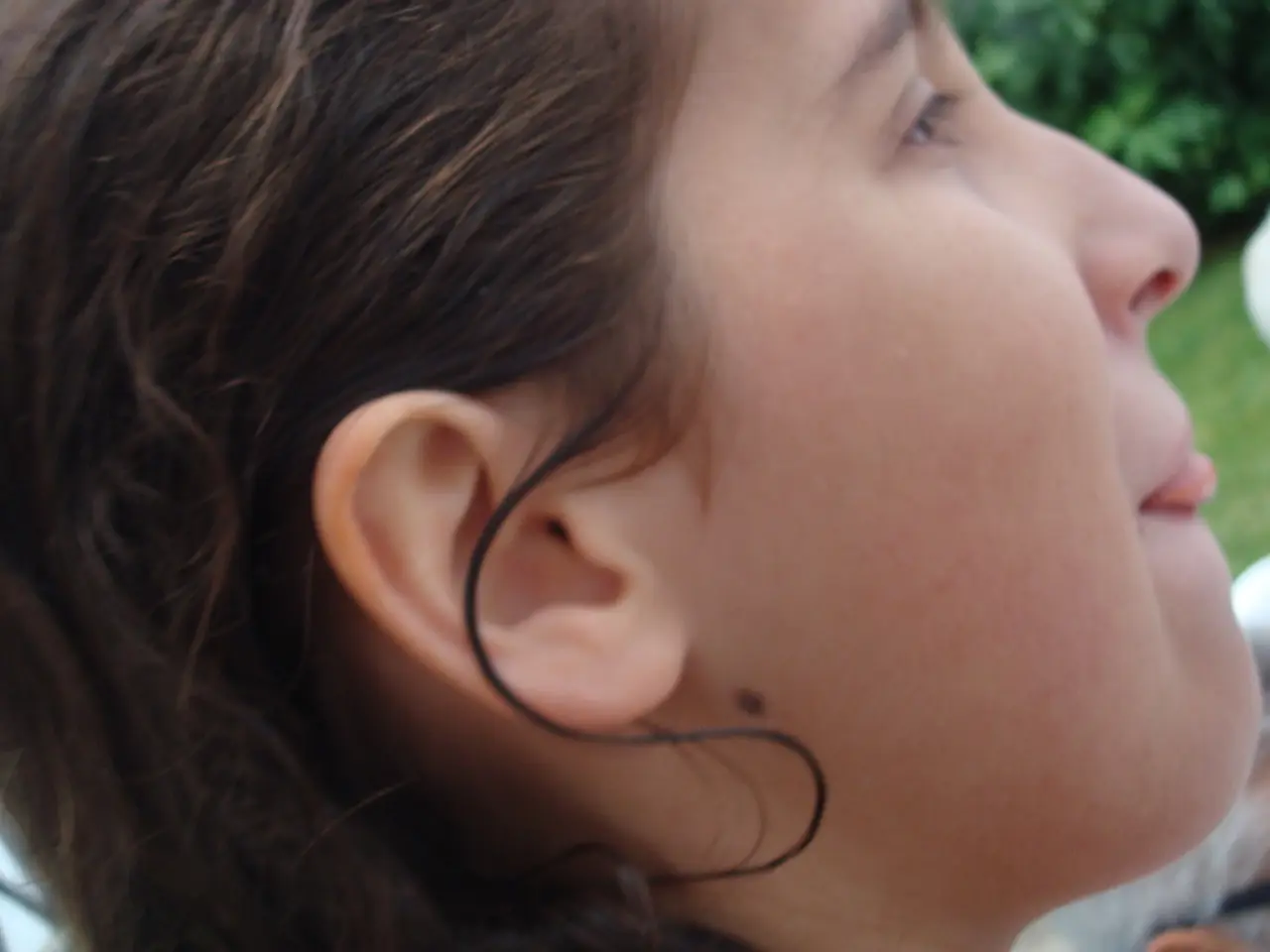Evaluating Water Purity Standards
Water quality testing is a vital process for safeguarding human health and the environment, evaluating whether water is suitable for human consumption, irrigation, or other purposes. This process examines multiple aspects, categorized as chemical, physical, and biological analyses, each with its unique advantages and disadvantages.
Chemical Analysis is the most precise method, focusing on the examination of chemical components in water, such as minerals, pollutants, pesticides, heavy metals like lead and arsenic, and nitrates. Common tests include pH, Total Dissolved Solids (TDS), conductivity, and chlorine levels. Although expensive, precise, and specialized in nature, this method is crucial for detecting a broad range of contaminants.
Physical Analysis focuses on basic water properties, such as temperature, turbidity, color, and odor. While cost-effective and quick, it provides only an indication of water quality, often missing certain contaminants that might not affect physical properties.
Biological Analysis assesses microorganisms present in water, like coliform bacteria, E. coli, and pathogens. The Membrane Filtration (MF) method is a preferred technique for this purpose, involving filtering water through a sterile membrane and counting colonies after incubation.
In addition to these primary categories, other methods are used for specific parameters, such as Turbidimetric Tests and the Nesslerization Method.
Water quality testing is essential for ensuring safe drinking water and preserving environmental health. Regular testing helps identify contaminants, guides treatment strategies, and informs appropriate actions to secure safe water for various uses. Government agencies and environmental organizations stress the importance of routine testing to safeguard public health and the environment.
In contemporary times, advancements in technology are shaping water quality testing by offering quicker, more efficient, and real-time monitoring solutions. New technologies like the Internet of Things (IoT), satellites, drones, Artificial Intelligence (AI), and Machine Learning (ML) are transforming the way water quality is monitored.
IoT sensor systems deployed across water points continuously monitor parameters like pH, temperature, oxygen levels, salinity, and chemical contaminants. Data is transmitted in real-time to central databases for analysis. This continuous monitoring replaces manual sampling methods, permitting real-time anomaly detection and automated responses.
Satellites and drones are utilized for monitoring large water bodies, like rivers, lakes, and coastal areas. These technologies are particularly helpful for tracking changes in difficult or dangerous areas, providing broader coverage and benefits for both environmental and safety reasons.
Advanced AI algorithms analyze vast amounts of data from IoT sensors, satellites, and other sources to predict potential threats and detect anomalies in water quality. Rapidly responding to emerging issues is now possible due to AI's ability to rapidly process large datasets.
Significant advancements in water analysis instrumentation, including spectroscopy, chromatography, and sensor-based analysis, are driving innovations in contaminant detection and ensuring compliance with safety standards. The market for water analysis instrumentation is projected to expand considerably from 2025 to 2035 due to growing concerns over water quality and increasingly stringent environmental regulations.
As technology continues to advance, the future of water quality testing is bright—rapid detection techniques, mobile labs, genetic sequencing, and microscopic imaging will contribute to enhanced efficiency, accuracy, and safety in water management systems.
In the realm of health-and-wellness, chemical analysis of water is crucial as it detects a broad range of contaminants, including minerals, pollutants, pesticides, heavy metals like lead and arsenic, and nitrates (science). Meanwhile, medical-conditions can be linked to water quality, as biological analysis assesses microorganisms like coliform bacteria, E. coli, and pathogens, which are detrimental to human health (medical-conditions).
In the pursuit of environmental-science, the use of technology such as IoT sensor systems, satellites, drones, AI, and ML is streamlining water quality monitoring, offering real-time solutions and expansive coverage, thereby ensuring the safety of water sources for various purposes and safeguarding both human health and the environment. (environmental-science)








